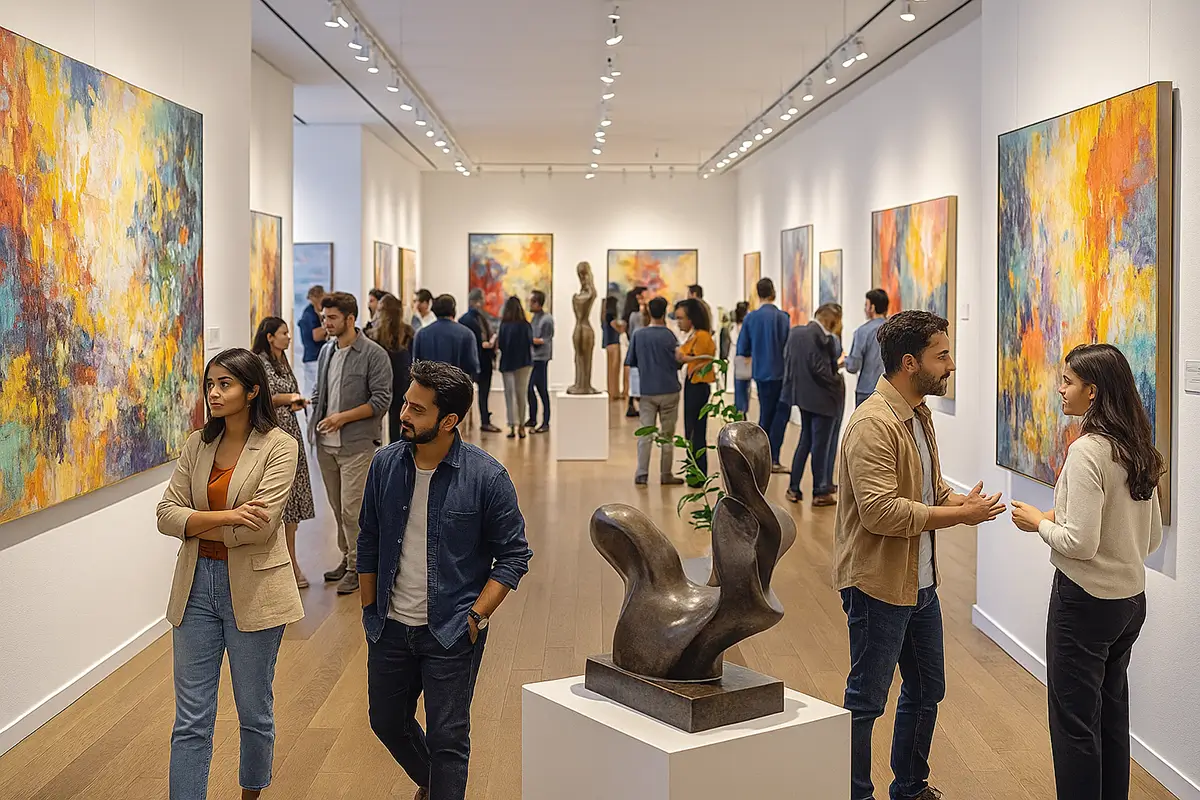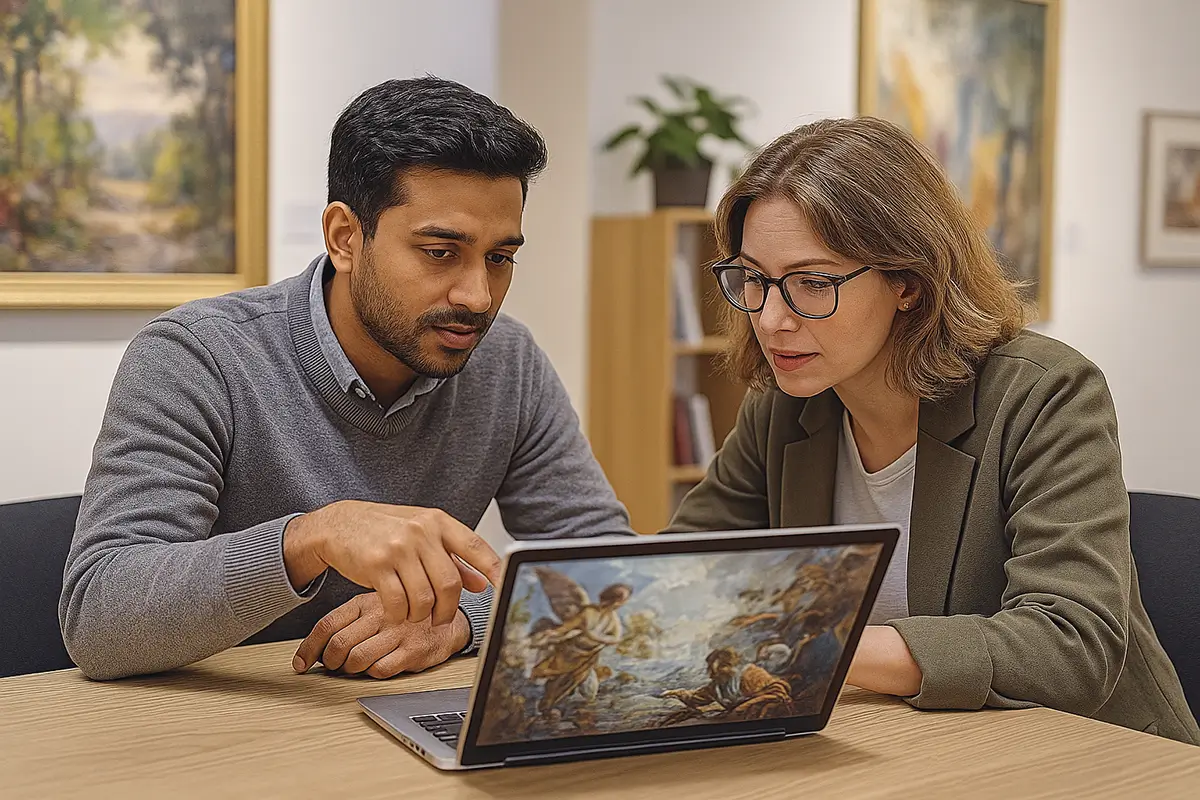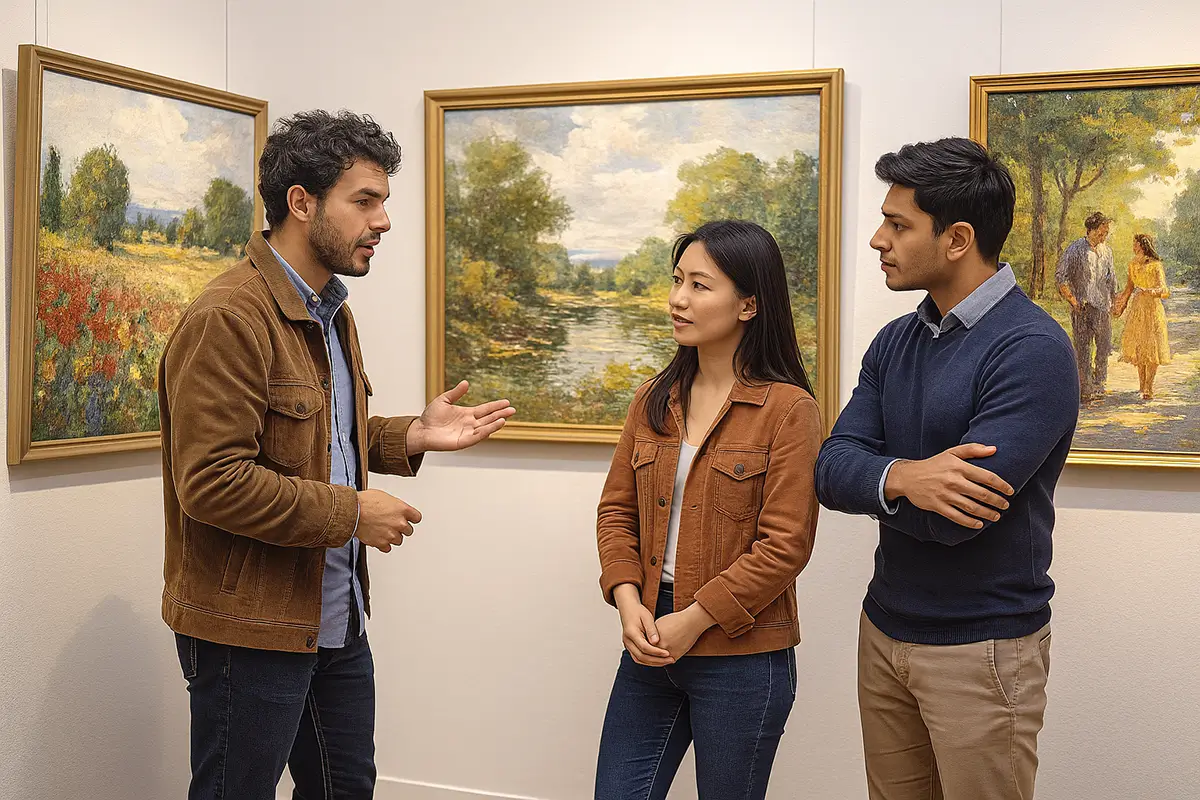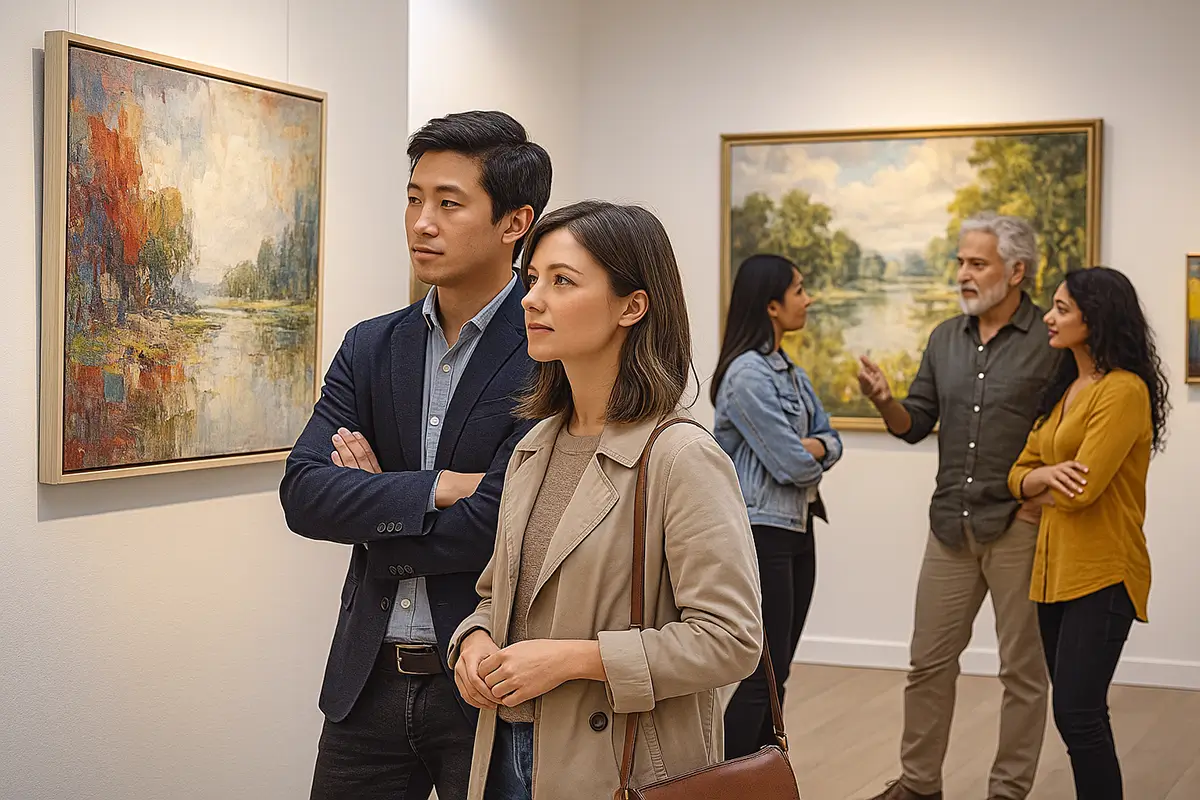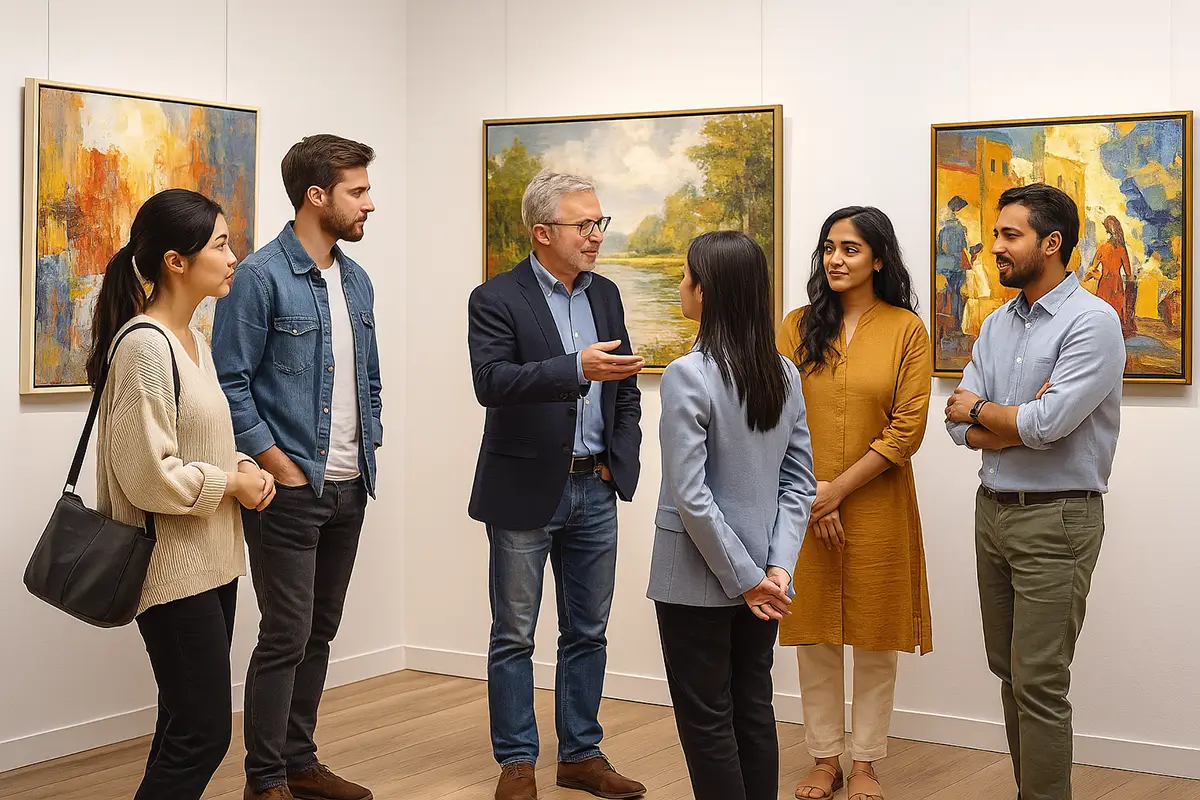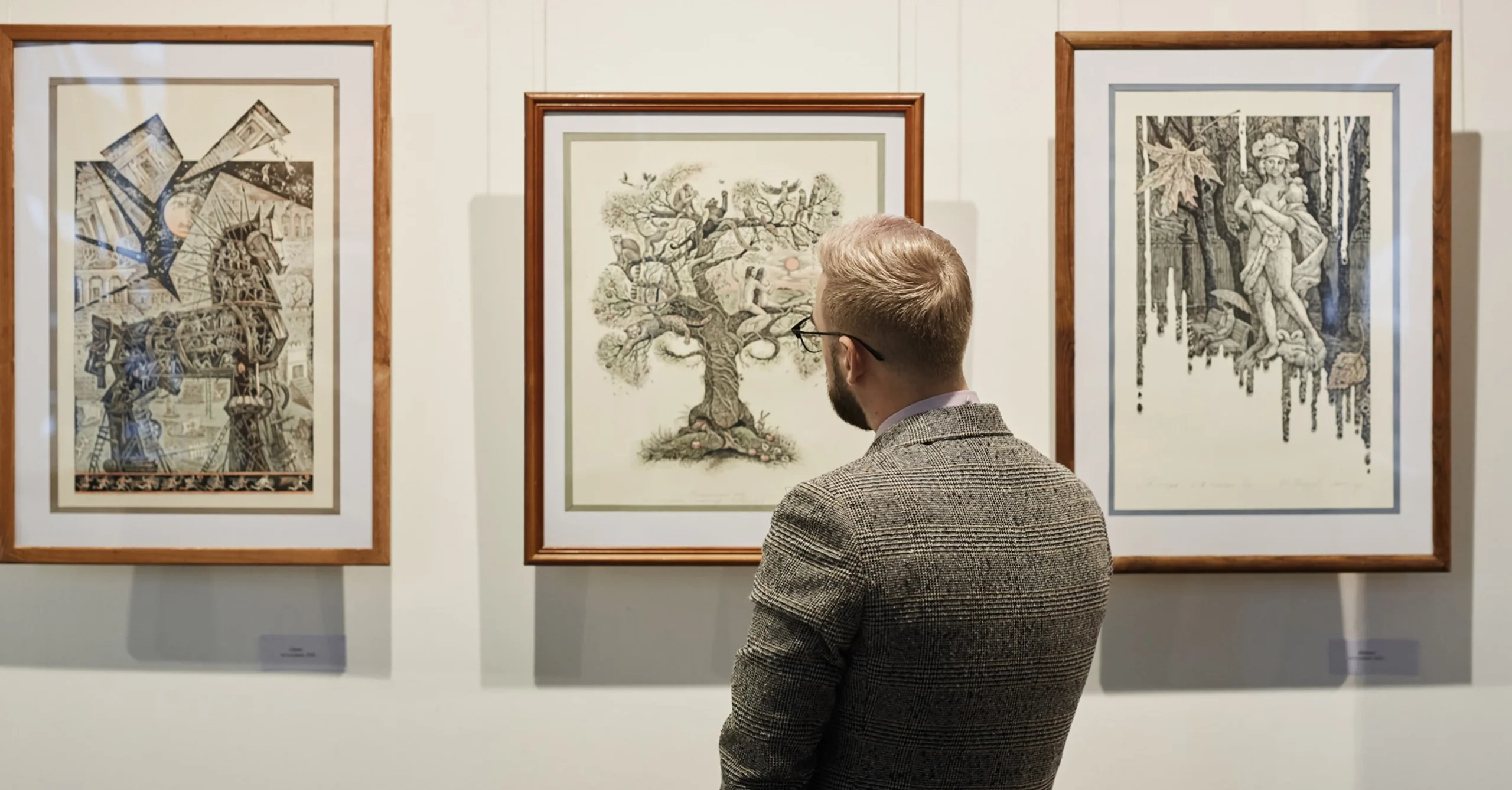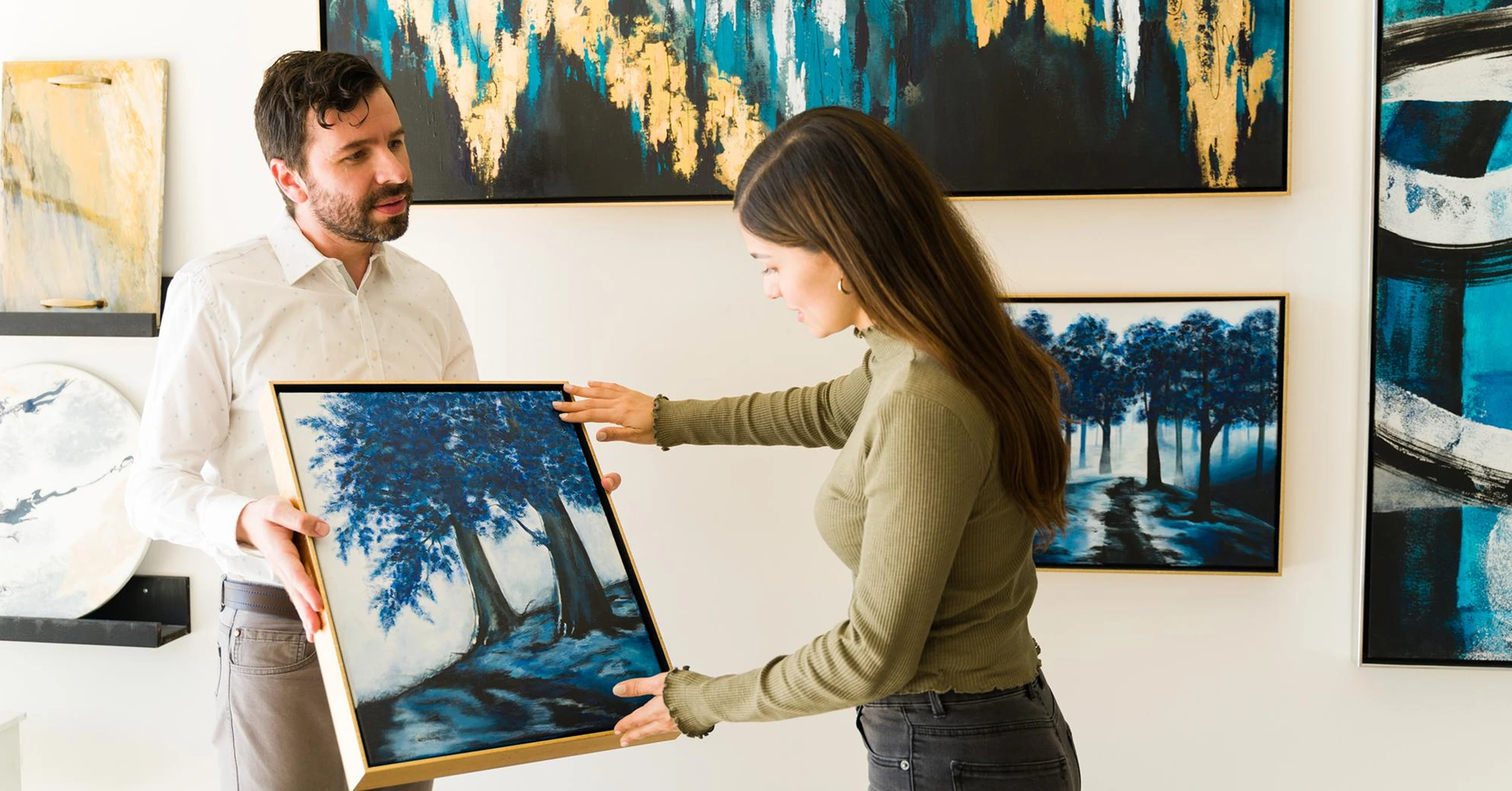Introduction: Beyond passion, towards strategy
For centuries, art has been collected out of passion—an appreciation for beauty, culture, or heritage. Today, art is also increasingly recognised as an investment asset. In India, with its expanding economy and growing base of high-net-worth individuals, art is no longer just for personal enjoyment; it is part of portfolio diversification, legacy planning, and cultural leadership.
But investing in art requires more than impulse purchases. It involves strategy, advisory guidance, and long-term vision. Done right, art offers both financial and cultural returns.
This article explores why art is emerging as a serious investment in India, how financial and cultural benefits complement each other, and what collectors must keep in mind when building art portfolios.
Why art qualifies as an investment
1. Tangible asset
Unlike stocks or bonds, art is a physical, unique asset—its value often endures regardless of market volatility.
2. Scarcity factor
An artist produces only so many works in a lifetime. Rarity drives demand, particularly for established names.
3. Proven appreciation
Indian modern masters like M.F. Husain, Raza, Souza, and Tyeb Mehta have seen values multiply over decades.
4. Hedge against inflation
Art tends to retain or grow value over time, making it a hedge against currency depreciation and inflation.
5. Cultural capital
Beyond money, art builds reputation, legacy, and identity—especially important for family offices and corporates.
The financial returns of art investment
1. Long-term appreciation
- Works by recognised artists steadily appreciate as demand grows.
- Example: A Tyeb Mehta painting that sold for a few lakhs in the 1980s now commands crores at auction.
2. Portfolio diversification
- Art reduces dependence on volatile markets.
- Provides balance in investment portfolios for HNIs.
3. Liquidity through auctions
- While not as liquid as equities, art can be sold at global auction houses or through private sales.
4. Tax and estate planning advantages
- Art can be structured as part of inheritance, philanthropy, or CSR contributions.
5. Prestige and reputation
- Collectors and corporates gain credibility through curated collections, strengthening market visibility.
The cultural returns of art investment
1. Legacy building
- Families pass down collections as cultural heritage.
- Collections enhance reputation across generations.
2. Supporting artists and ecosystems
- Investing in art sustains careers of emerging and established artists.
- Encourages growth of galleries, museums, and cultural institutions.
3. Enhancing environments
- Corporate and private spaces enriched by art create aesthetic and psychological value.
- Boosts employee morale and client engagement.
4. Social responsibility
- Investing in heritage or contemporary voices reflects leadership in cultural stewardship.
Challenges of investing in art in India
- Lack of transparency – Prices are often opaque, unlike regulated stock markets.
- Risk of forgeries – Without due diligence, fakes can infiltrate collections.
- Liquidity constraints – Art may take time to resell.
- High entry barriers – Top-tier works require significant capital.
- Conservation needs – Poorly maintained works lose financial and cultural value.
The role of advisory in art investment
Professional Art Acquisition & Advisory Services help investors manage these challenges:
- Valuation expertise ensures acquisitions are fairly priced.
- Due diligence protects against forgeries and misattribution.
- Collection strategy aligns acquisitions with investment and cultural goals.
- Conservation planning ensures assets retain value.
- Market access provides exposure to auctions, galleries, and private sales.
Case examples of art as investment
Case 1: Family office in Mumbai
A family built a collection of Indian modern masters under advisory guidance. Over 15 years, the portfolio’s value multiplied significantly, while also creating a cultural legacy for future generations.
Case 2: Corporate in Delhi
A company invested in contemporary art aligned with brand identity. The works appreciated in value and enhanced office spaces, while also positioning the company as a cultural leader.
Case 3: First-time collector in Bangalore
An entrepreneur diversified his portfolio by acquiring emerging Indian artists. Guided by advisory, the strategy balanced risk and potential long-term appreciation.
Financial frameworks for art investment
- Buy and hold: Long-term appreciation is the primary strategy.
- Emerging artist investments: Higher risk, potentially higher return.
- Blue-chip investments: Established masters provide stability.
- Diversified portfolios: Balancing across categories, mediums, and artists.
Cultural frameworks for art investment
- Supporting heritage preservation: Acquiring works that safeguard India’s cultural past.
- Backing contemporary voices: Championing artists who reflect current issues.
- CSR and philanthropy integration: Using art as part of community impact programs.
Best practices for art investors in India
- Always demand provenance documentation.
- Conduct valuations before acquisition.
- Diversify portfolios across established and emerging artists.
- Budget for conservation and insurance.
- Think long term—art investment requires patience.
- Engage advisory services for due diligence and strategy.
The future of art investment in India
- Institutionalisation: More banks and wealth managers will integrate art into asset management.
- Globalisation: Indian collectors will increasingly participate in international art fairs.
- Technology adoption: Blockchain provenance and AI valuations will enhance transparency.
- Sustainable investing: Focus on artists addressing social, environmental, and cultural issues.
Conclusion: Investing in both value and meaning
For Indian collectors, art is more than a financial asset—it is a fusion of money and meaning. Financial returns are significant, but cultural returns—legacy, reputation, and stewardship—are equally powerful.
By investing strategically, collectors safeguard wealth, support cultural ecosystems, and leave behind enduring stories. Advisory services ensure that every acquisition is authentic, aligned, and future-proofed.
Explore our Art Acquisition & Advisory Services. At TurmericEarth, we guide collectors to invest in art with confidence—balancing financial returns with cultural enrichment.



